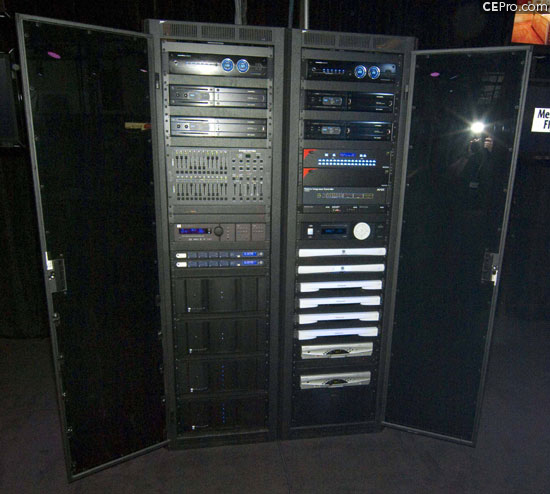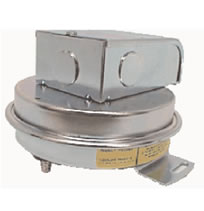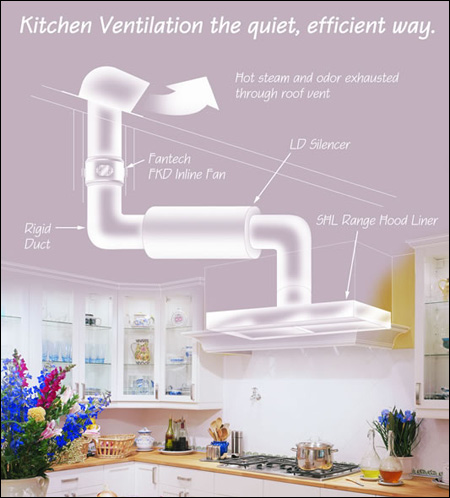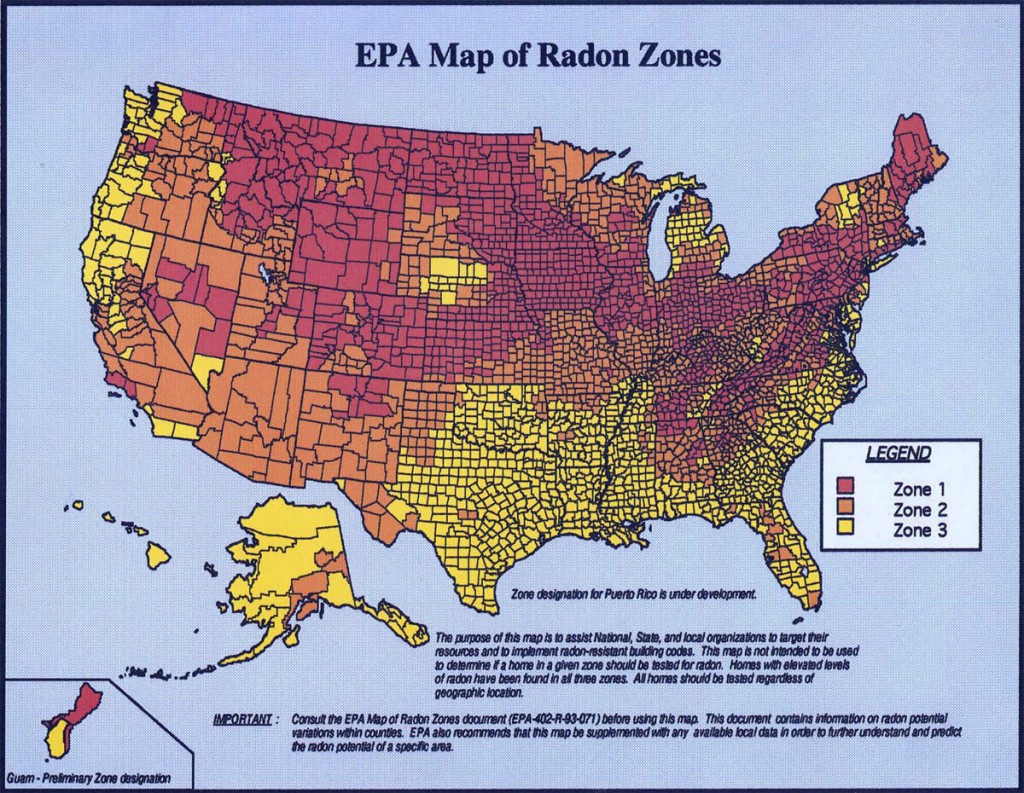Todays high tech TV and sound systems have a lot of computing power and lots of amps to portray the sounds the Director wanted you to hear. A byproduct of all those components can be tremendous heat build up, which potentially could damage your equipment.
The best way to alleviate heat build up is of course to evacuate the air from the enclosure or room the equipment is in. Typically installers will install a thermostat in the room, then put a remote fan above or below connected with duct to pull air out.
S&P inline fans:
http://www.hvacquick.com/products/residential/AirFlow-Boosting/Inline-Air-Booster-Fans/SP-TD-Series-Inline-Fans
Of course we need cooler air to come in and replace what we have taken, so a popular solution is to install a grille down low in the access door. This allows air to come from the house and absorb the heat being produced. Sometimes we even add a filter to this door grille to keep the dust from building up on the components.
This will also work with servers, and other heat generating electronic equipment. Some benefits of proper heat dispersal is better performance and longer life of the pieces.








